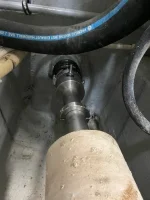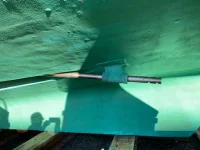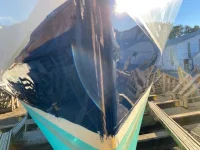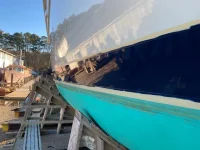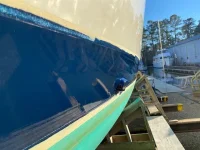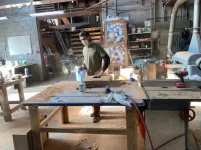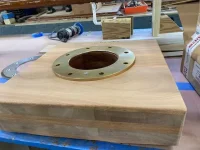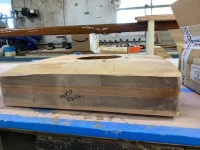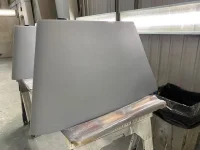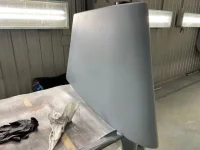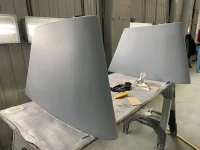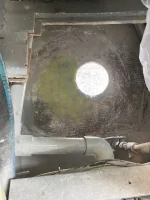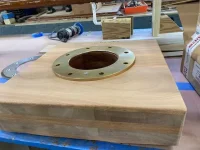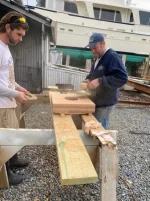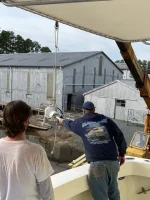I am now rebuilding my stabilizers . They were installed by Hatteras at the factory. The blocks are round . They have absorbed water and are too soft in places , so I am replacing them with fiberglass, GPO-3 , it is very heavy, so I am lightning them in the center . I consulted with Naiad on this . Cost is the big issue. I got a quote of $9500 for blocks in G-10 , an epoxy fiberglass. And believe it or not,a quote of $13,000 for GPO -3 , a polyester fiberglass. I bought the GPO-3 for less then $800 and had a water jet company in Ft Lauderdale cut pieces for $350 . I was quoted $965 to do this in mahogany. Other than weight, the other problem is that the fiberglass is very rigid, mahogany may more forgiving. I will keep you informed.

